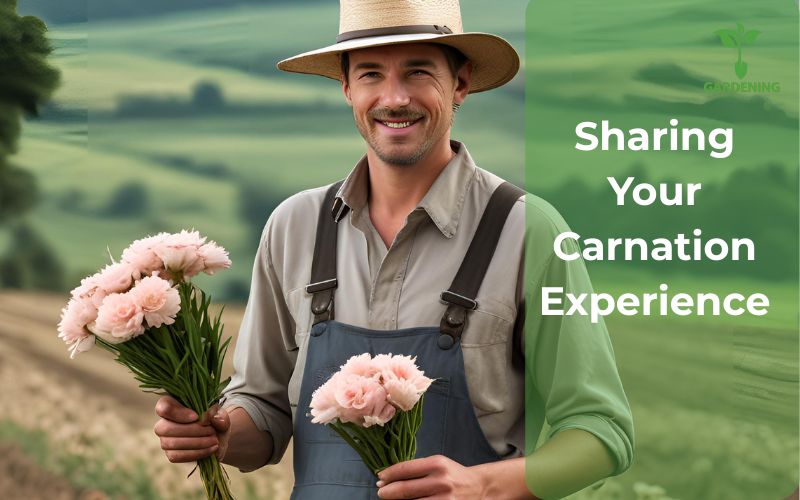Carnations are beautiful flowers with ruffled petals and a spicy scent. They’re popular for bouquets, decorations, and even small flower businesses. The good news? They grow well in many parts of the U.S., especially in USDA zones 5 to 9.
If you’re a gardener who is looking to add color to your land—or make extra money selling flowers—carnations can be a great choice. Here’s an easy guide to help you grow them successfully.
Know Your Soil
Healthy soil is key. Carnations dislike soggy roots, so it’s essential to use soil that drains well.
- Good Drainage: If your soil is heavy or clay-like, mix in compost, old leaves, or sand to loosen it up.
- Right pH Level: Carnations like soil with a pH between 6.7 and 7.5. Test your soil first. If it’s too acidic, add lime. If it’s too alkaline, add a small amount of sulfur or peat moss.
Some Fertilizer Helps: Use a balanced fertilizer (like 10-10-10) in early spring. Don’t overdo it—too much fertilizer can hurt your plants.
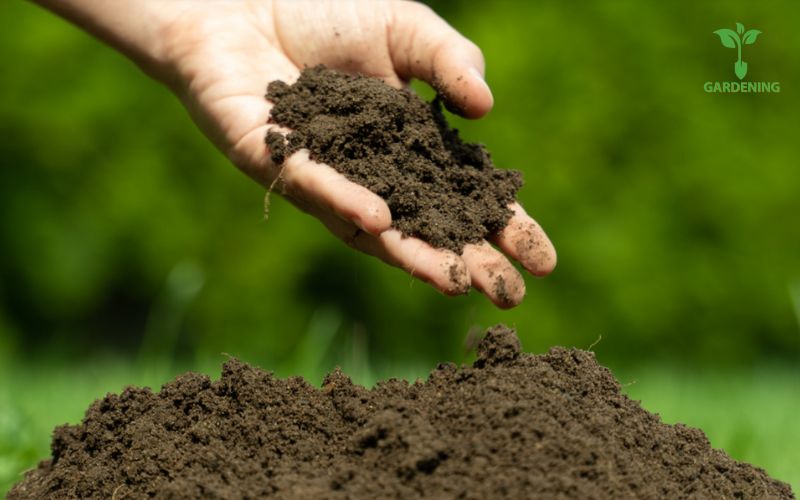
Water the Right Way
Carnations need just the right amount of water—not too much, not too little.
- Keep Soil Moist, Not Wet: Water deeply once or twice a week. Let the top layer of soil dry before watering again.
- Water at the Base: Avoid spraying water on the leaves or flowers. Wet leaves can lead to disease.
- Change with the Seasons: In hot weather, you may need to water more. In cooler seasons, water less often.
Signs to watch for:
- Yellow leaves = too much water
- Dry, drooping leaves = not enough water
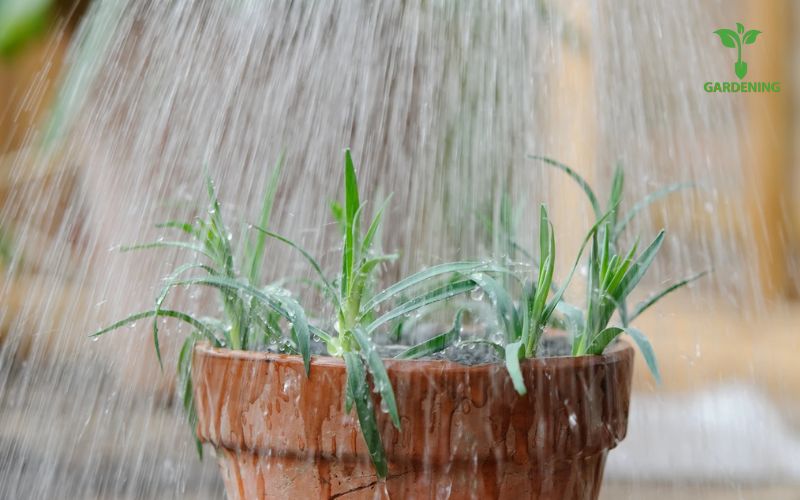
Give Them Sun and Air
Carnations love sunlight and fresh air.
- Full Sun: They need at least 6 hours of sunlight each day.
- Some Shade is Okay: In very hot places, a bit of afternoon shade helps prevent heat stress.
- Keep Them Cool: Carnations grow best in mild temperatures (50–68°F). Too much heat can stop them from blooming.
- Air Circulation: Space your plants 12–18 inches apart. Good air movement helps prevent mold and disease.
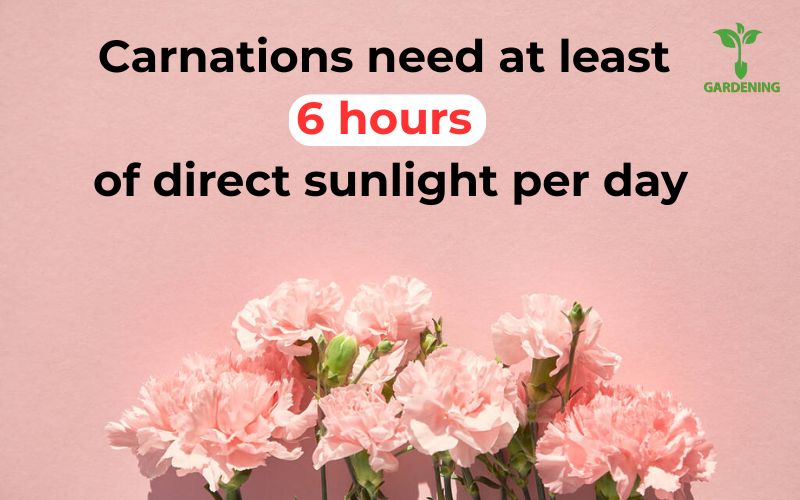
How to Plant Carnations
You can grow carnations from seeds, cuttings, or by dividing older plants.
From Seeds:
- Start seeds indoors 6–8 weeks before the last frost.
- Keep soil warm (around 65–70°F) and slightly moist.
- Once seedlings have 2–3 leaves, move them to bigger pots.
- “Harden off” the plants before moving them outside by slowly exposing them to outdoor weather.
From Cuttings or Divisions:
- Take cuttings from healthy stems in spring.
- Dip the ends in rooting powder and plant in moist soil.
- You can also divide older plants into smaller ones and replant them
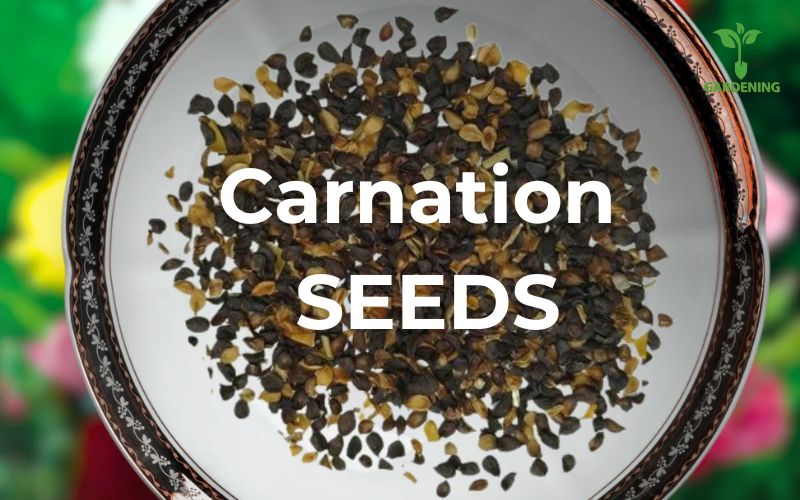
Help Your Carnations Grow Faster
Here are some simple tricks to speed up growth and get more blooms:
- Pinch Early: When the plant is 6–8 inches tall, pinch the top to help it grow bushier.
- Deadhead: Remove faded flowers to keep the plant blooming longer.
- Summer Trim: After the first bloom in summer, cut the plant back halfway. It may bloom again in fall.
- Feed Regularly: Use a diluted liquid fertilizer every 2–4 weeks during the growing season.
- Watch for Pests: Check for aphids, mites, or fungus. Neem oil or insecticidal soap works well if you need to treat them.
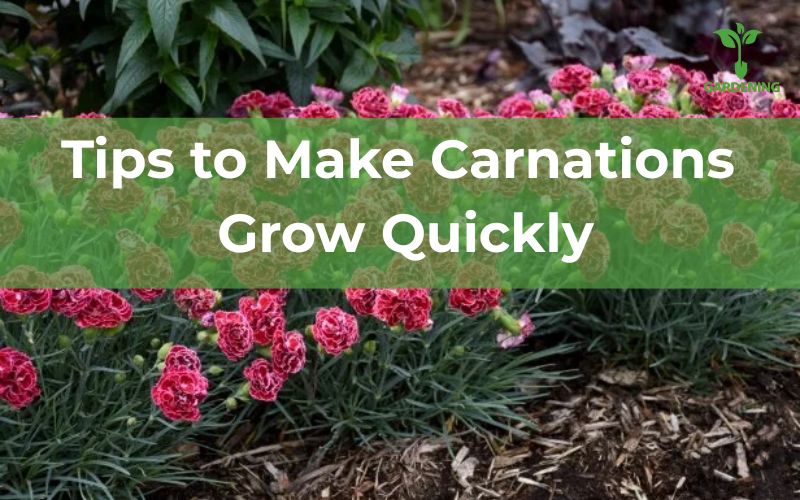
Harvesting Carnations
When your carnations bloom, enjoy them indoors or sell them.
- Cut flowers when they’re about half open.
- Use clean scissors and cut early in the morning.
- Put stems in water right away.
To keep them fresh longer:
- Remove leaves that sit in water.
- Change the water every few days.
- Keep them away from sunlight and fruit (which gives off gas that shortens flower life).
Share Your Experience
As a farmer, your real-world experience is valuable. You can:
- Recommend the best carnation types for your area.
- Share tips about your soil mix and watering schedule.
- Post photos or videos of your flower beds.
- Write blog posts or product reviews with affiliate links to tools, seeds, or fertilizers on Amazon.
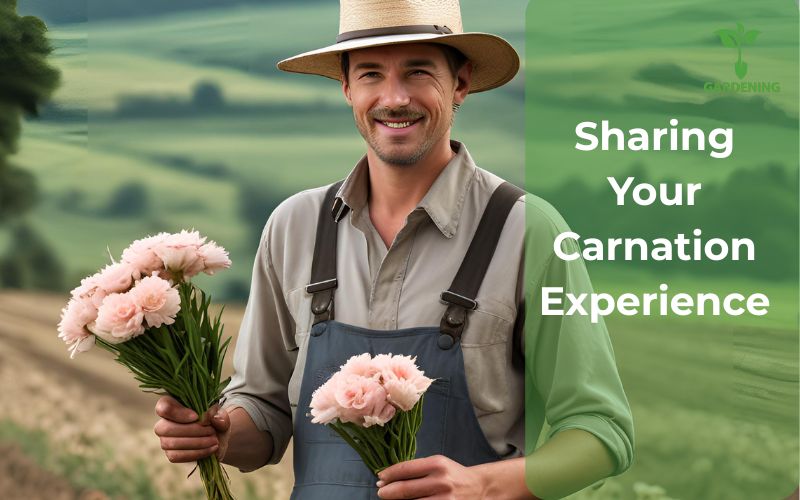
>> See more:

